EASY
MHT-CET
IMPORTANT
Earn 100
An electric dipole is placed in uniform electric field in an unstable equilibrium position. Now the dipole is rotated in this field. The graph which best represents variation of its potential energy is given by,
(a)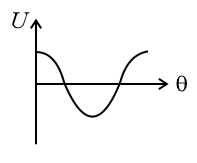

(b)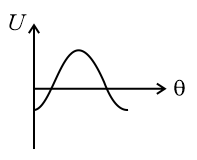

(c)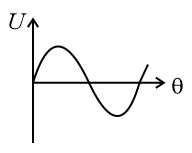

(d)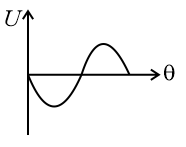

50% studentsanswered this correctly

Important Questions on Electrostatics
EASY
MHT-CET
IMPORTANT
Three charges of , and are placed at the corners , and of an equilateral triangle of side , as shown in the adjoining figure. Then the dipole moment of this combination is
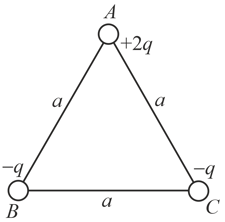
EASY
MHT-CET
IMPORTANT
EASY
MHT-CET
IMPORTANT
EASY
MHT-CET
IMPORTANT
EASY
MHT-CET
IMPORTANT
A dipole of dipole moment is kept at a point whose coordinates are . If an external electric field is applied then the potential energy of the dipole be,
EASY
MHT-CET
IMPORTANT
An electric dipole is placed in a uniform electric field of magnitude . The graph below shows the magnitude of the torque on the dipole versus the angle between the field and the dipole moment . The magnitude of dipole moment is equal to
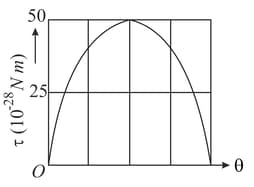
EASY
MHT-CET
IMPORTANT
EASY
MHT-CET
IMPORTANT
